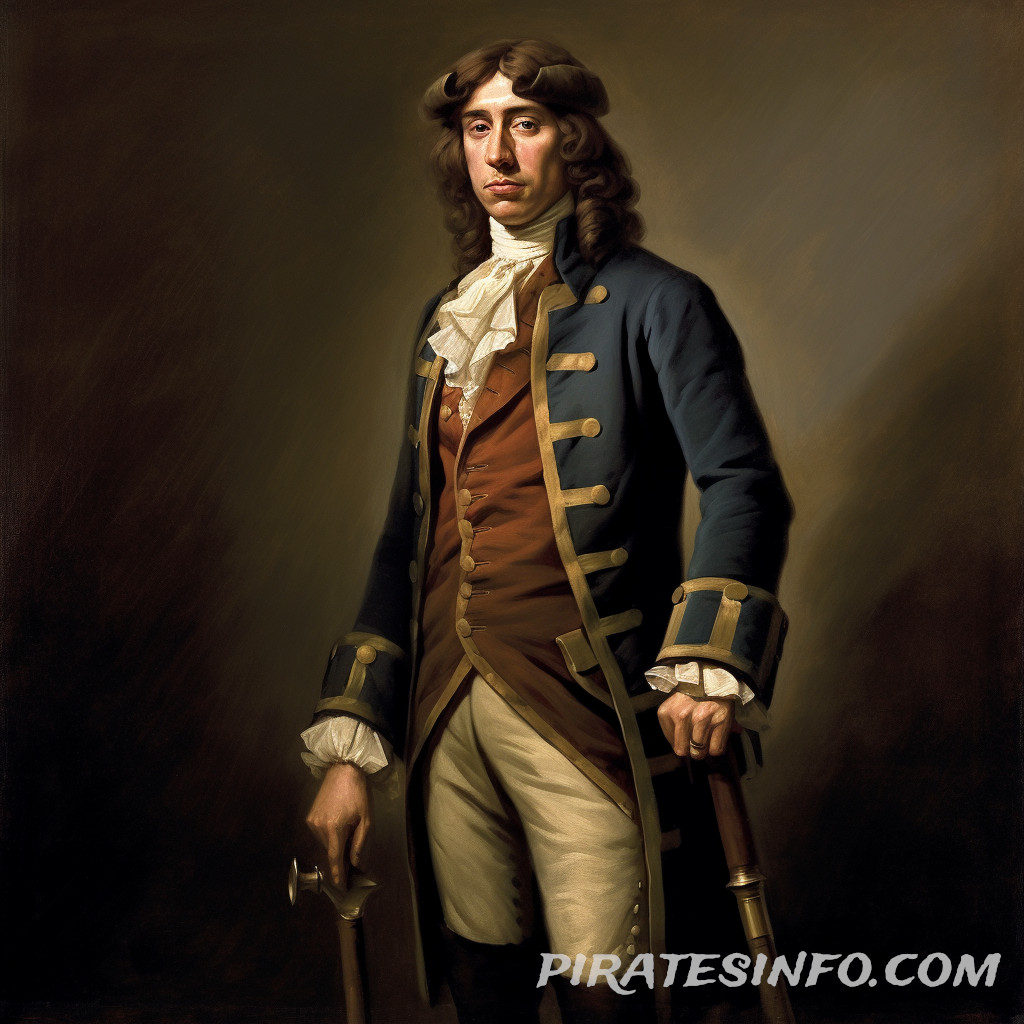
William Dampier
William Dampier was not just your ordinary pirate; he was a man of many talents and had a life full of adventures that makes him stand out in pirate history. Here are some fun facts and trivia about him:
-
The World Traveler: Dampier was the first Englishman to circumnavigate the globe three times. That's a lot of sea miles!
-
Not Just a Pirate: While he engaged in piracy, he was also an accomplished explorer, hydrographer, and naturalist.
-
A Pirate with a Pen: Dampier wrote several books. His most renowned work, "A New Voyage Round the World," was a best-seller in its day and is considered a classic in travel literature.
-
Scientific Contributions: Dampier's observations on his voyages led to over a thousand new entries in the Oxford English Dictionary. Words like "barbecue", "avocado", "chopsticks", and "sub-species" can be traced back to him.
-
Animal Discoverer: He is credited with the first English documentation and naming of several Australian animals, including the flying fox.
-
An Influence on Legends: Dampier's writings and adventures influenced several literary legends. Jonathan Swift's "Gulliver's Travels" and Daniel Defoe's "Robinson Crusoe" both drew inspiration from his accounts.
-
A Buccaneer Botanist: William made important observations about the flora of the places he visited. His detailed descriptions of plants from places like Australia were some of the first to be introduced to English readers.
-
Turbulent Times with Selkirk: Alexander Selkirk, the real-life inspiration for Robinson Crusoe, was once a crew member on one of Dampier's voyages. Their disagreements led to Selkirk being marooned on an island, leading to his famous tale of survival.
-
An Unusual End: For all his seafaring adventures, Dampier passed away in London, far from the roaring oceans he had traversed.
-
Legacy Beyond Piracy: The Royal Navy honored him by naming a ship "HMS Dampier" and Australia has Dampier Archipelago named after him.
Dampier was not just a pirate but also a keen observer, a scientist, and a man of letters. His multifaceted contributions make him one of the most interesting figures from the Golden Age of Piracy.
William Dampier: Explorer gone Rouge
A character of remarkable complexity and contradiction, William Dampier straddled the worlds of piracy and exploration with remarkable dexterity. Born in 1651 in Somerset, England, Dampier was initially apprenticed to a shipmaster and began his seafaring life in the brutal environment of the merchant navy. However, it wasn't long before his path veered off into the lawless and ruthless realm of piracy.
In the 1670s, Dampier found himself part of a band of buccaneers operating in the Caribbean and Pacific. Despite the often barbarous nature of their actions, these were not aimless rogues but skilled sailors. Dampier himself became an accomplished navigator and cartographer. His precise accounts and records brought a scientific rigor to the chaotic and brutal world of piracy.
However, it was his voyages of exploration that truly distinguished him. In 1688, he became the first Englishman to explore parts of Australia, and he was the first person to circumnavigate the world three times. He made detailed observations and records of the natural world and indigenous peoples he encountered, from the Galapagos Islands to New Guinea. His vivid and meticulous accounts were published in bestselling travel narratives, which were admired and utilized by explorers, scientists, and writers alike. His works influenced figures as diverse as Captain James Cook, Charles Darwin, and Daniel Defoe.
Yet, throughout his life, Dampier was never far from the shadowy world of piracy. His second circumnavigation was a privateering expedition during the War of the Spanish Succession, targeting Spanish interests in the Pacific. His actions on this voyage, particularly his brutal treatment of crew members, resulted in his court-martial upon return to England.
Despite his controversial actions, Dampier's contributions to exploration and natural science were invaluable. His accurate charts and observations were foundational to the exploration of the Pacific. His keen interest in the cultures and natural environments he encountered expanded the knowledge of the wider world.
Dampier died in London in 1715, leaving behind a complex legacy. As a man, he embodied the contradictions of his era - an explorer and a pirate, a keen observer of cultures while being ruthless towards his crew. His life stands as a testament to the paradoxical nature of the Age of Sail, where exploration, scientific discovery, and rampant lawlessness often walked hand in hand.
Had yer fill of this chapter? There be plenty more adventures awaitin' on the shores of our pirates website!
Full Name: William Dampier
Known aliases or nicknames: There's no widely-recognized alias or nickname for William Dampier. He is most commonly referred to by his birth name.
Birth date: Baptized on 5 September 1651.
Death date: March 1715.
Place of birth: East Coker, Somerset, England.
Type of pirate: Dampier was a mix of both. He engaged in piracy but was also a privateer, given licenses by the British Crown to seize enemy vessels during times of war.
Areas of operation: Dampier's voyages took him across the globe. He sailed through the Caribbean, the Pacific Ocean, and ventured to the coasts of Australia and New Guinea, among other places.
Physical Description: Specific details like height, eye color, and distinctive features are not well-documented in historical records. Much of what we know of Dampier comes from his writings, and he didn't dwell on describing himself.
Flag/Emblem: While many famous pirates had personal flags or emblems, there's no well-documented personal flag specifically associated with William Dampier. However, as a privateer operating under the authority of the British Crown, he would have flown the British flag or other signals to denote his official capacity.
Dampier's significance lies less in his piracy and more in his explorations, writings, and the scientific observations he made during his travels. He was a pioneering figure in an age of exploration, contributing to the world's understanding of unknown lands and seas.